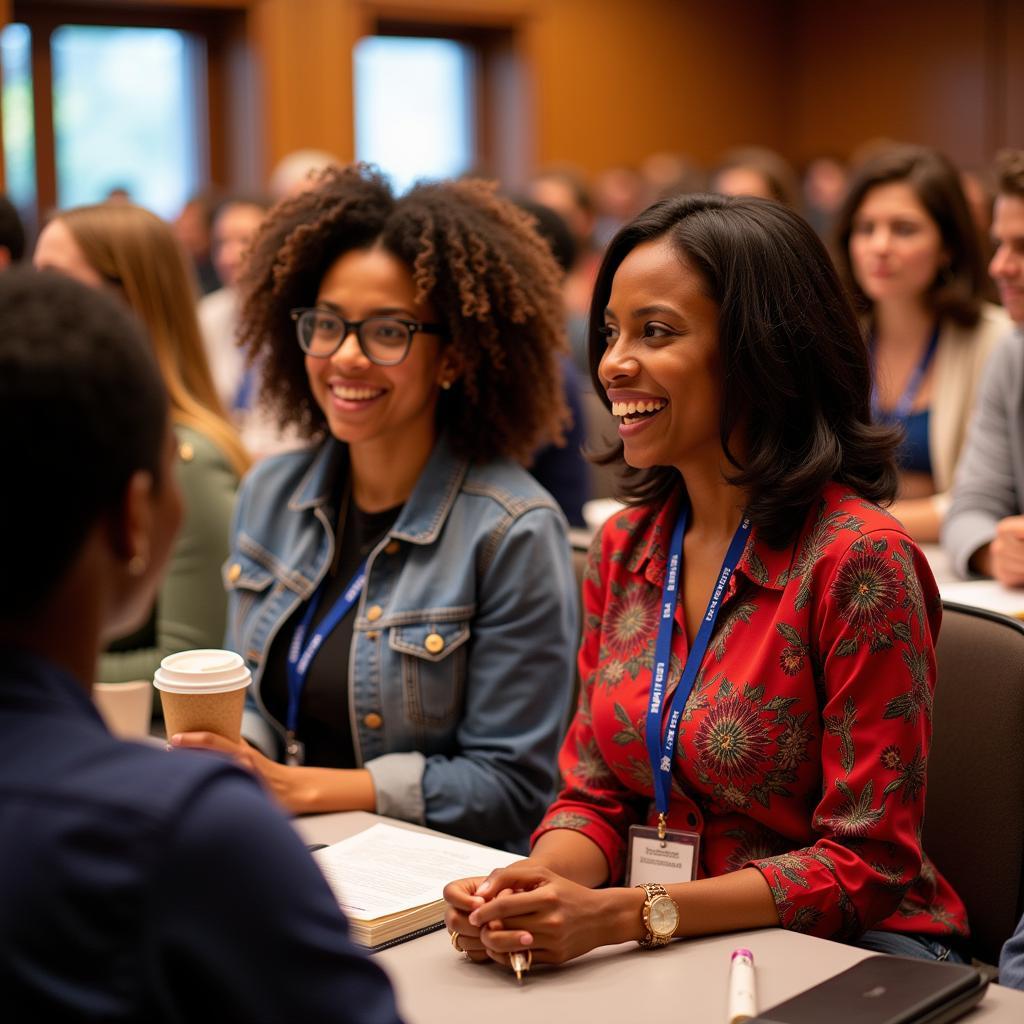African American Cinderella Stories: Redefining Fairytales
African American Cinderella stories offer a powerful lens through which to explore themes of resilience, cultural identity, and the pursuit of dreams against adversity. These narratives, while echoing the familiar beats of the classic fairytale, infuse it with the unique experiences and perspectives of the African American community.
Beyond Glass Slippers: The Essence of African American Cinderella Tales
African American Cinderella stories go beyond the surface level of finding a prince and happily ever after. They delve into complex issues of race, class, and social justice, often intertwining magical elements with real-world struggles. These stories reflect the strength and perseverance of a community that has historically faced significant challenges. They empower young readers by showcasing characters who navigate difficult circumstances and ultimately triumph. What sets these narratives apart is their focus on self-discovery and empowerment, rather than solely relying on external forces for salvation.
Finding Your Voice: Self-Discovery in African American Cinderella Narratives
These stories often feature protagonists who, like Cinderella, experience oppression and marginalization. However, they ultimately find their voice and agency, using their talents and inner strength to overcome their obstacles. These are not passive princesses waiting for rescue, but active agents shaping their own destinies. They highlight the importance of education, self-worth, and community support in achieving one’s goals.
These stories often feature a strong emphasis on community. The support system of family and friends plays a vital role in the protagonist’s journey. This emphasis on community reflects the importance of collective strength and resilience within African American culture.
The Power of Representation: Why These Stories Matter
The importance of representation in children’s literature cannot be overstated. Seeing oneself reflected in stories validates one’s existence and instills a sense of belonging. For African American children, these Cinderella stories provide powerful role models who look like them and share similar experiences. These stories offer a counter-narrative to the often-limited portrayals of African Americans in mainstream media.
These stories challenge traditional notions of beauty and worth. They celebrate the diversity and richness of African American culture, showcasing its unique traditions, music, and artistic expressions. This celebration of cultural identity is crucial for fostering self-esteem and pride in one’s heritage.
Modern Adaptations: Cinderella in the 21st Century
Contemporary authors and filmmakers continue to reimagine the Cinderella story through an African American lens, creating narratives that resonate with modern audiences. These adaptations explore themes of entrepreneurship, activism, and navigating complex family dynamics. They often address contemporary social issues, such as racial profiling and economic inequality, while maintaining the core elements of hope and transformation that make the Cinderella story so enduring.
These modern adaptations offer diverse representations of African American experiences, moving beyond monolithic portrayals. They showcase characters from various socioeconomic backgrounds, regions, and family structures, reflecting the multifaceted nature of the African American community.
“The beauty of these stories lies in their ability to connect with audiences across generations,” states Dr. Anika Johnson, Professor of African American Studies at Howard University. “They remind us that the dream of a better future is universal, and that resilience and determination are key to achieving it.”
Conclusion: More Than Just a Fairytale
African American Cinderella stories are more than just charming tales of rags to riches. They are powerful narratives that celebrate resilience, cultural identity, and the pursuit of dreams. These stories offer vital representation for African American children and provide valuable lessons for readers of all backgrounds. They remind us that the Cinderella story is not just a European fairytale; it’s a universal archetype that can be reimagined and reinterpreted to reflect the unique experiences of diverse communities.
FAQ
- What are some examples of African American Cinderella stories?
- How do these stories differ from the traditional Cinderella tale?
- Why is representation important in children’s literature?
- How do these stories empower young readers?
- Where can I find more resources on African American folklore and literature?
- What are some modern adaptations of the Cinderella story featuring African American characters?
- How do these stories address contemporary social issues?
Need support? Contact us 24/7: Phone: +255768904061, Email: [email protected] or visit us at Mbarali DC Mawindi, Kangaga, Tanzania.

